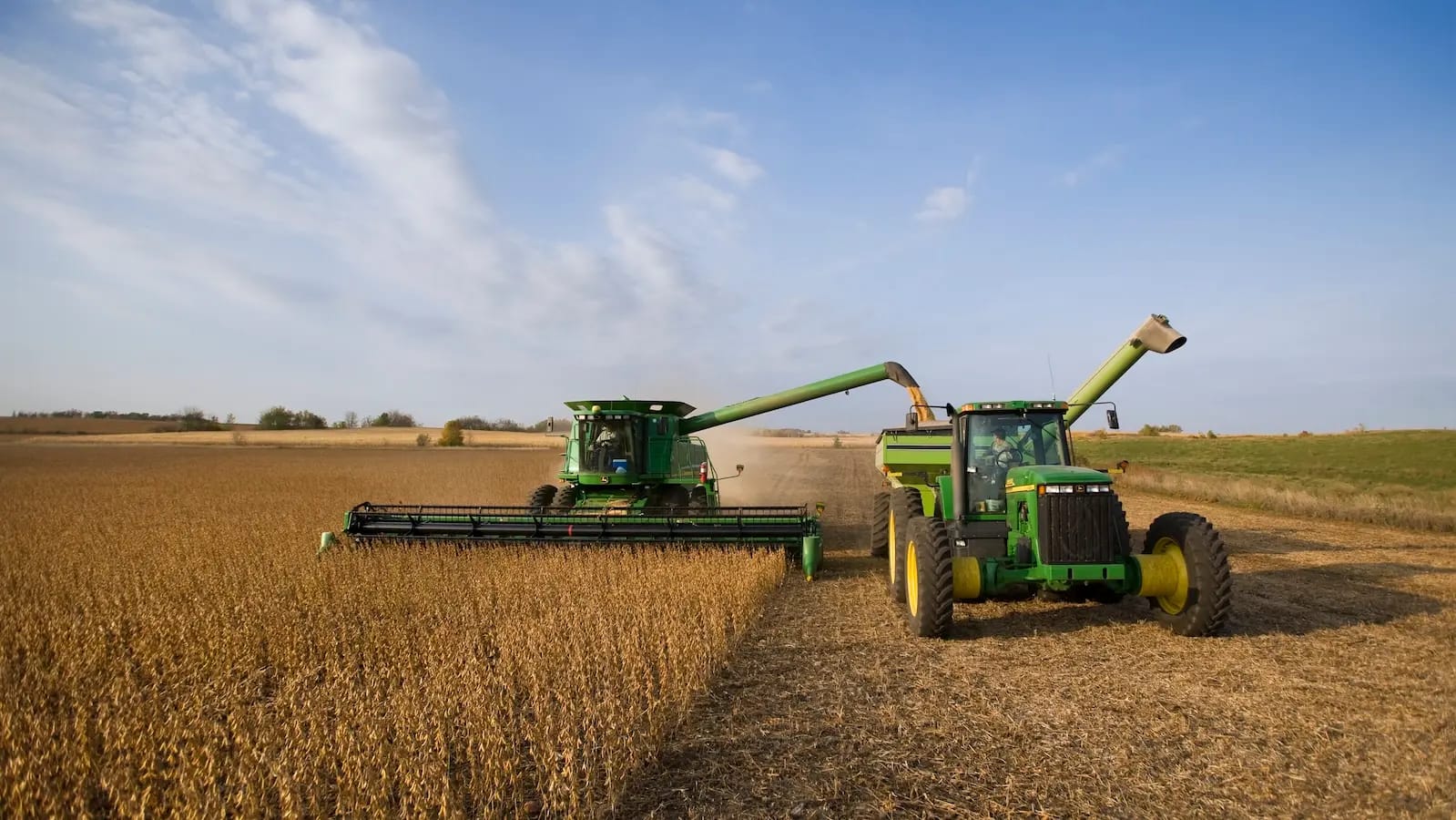Research demonstrates fewer evident perks of a low-meat diet
The Good Food Institute (GFI) report on shifting U.S. protein consumption to plant-based or alternative sources underscores significant land use benefits but also has limitations in its scope.

A recent report from the Good Food Institute (GFI) highlights significant environmental benefits from shifting half of the United States' protein supply from animal products to plant-based or alternative proteins. According to the analysis, such a change could reduce the need for cropland by 47.3 million acres—an area roughly equivalent to the size of South Dakota. This reduction in cropland would provide opportunities for enhanced carbon sequestration and biodiversity, as the land could be repurposed for carbon sinks or ecosystem restoration.
Currently, over 60 percent of land in the contiguous U.S. is dedicated to agriculture, with 21 percent of that being cropland. Notably, 78 percent of this cropland is used to grow feed for livestock rather than food for direct human consumption. By shifting to plant-based proteins, the U.S. could meet its protein demands by reducing the overall amount of crops grown and redirecting existing crops like soy, corn, and barley for human consumption.
Priera Panescu Scott, GFI’s lead plant-based scientist, emphasizes that the switch wouldn’t require an increase in plant cultivation, but rather a more efficient use of current crops. She points out that much of the soy produced globally is used for animal feed rather than human food.
Stephen Wood, an associate research scientist at the Yale School of the Environment, supports the report’s findings, noting that direct human consumption of plants is inherently more land-efficient than raising animals for food.

The Good Food Institute (GFI) report on shifting U.S. protein consumption to plant-based or alternative sources underscores significant land use benefits but also has limitations in its scope. The analysis specifically focuses on cropland used for livestock feed, excluding seafood and imported proteins, and does not address the potential global implications of changing U.S. agricultural practices.
Stephen Wood, a senior scientist at The Nature Conservancy, critiques this narrow focus, noting that if the U.S. reduces soybean production, other countries might increase their production to meet global demand. This could lead to environmental issues elsewhere, such as deforestation in regions like Argentina’s Chaco. To address these global concerns, there would need to be a substantial and coordinated shift in worldwide demand for plant-based proteins.

Despite these limitations, the report identifies substantial opportunities for land efficiency, particularly in the Midwest and South, where there is ample cropland and significant potential for reforestation. Panescu Scott from GFI highlights that transforming land use in these regions could enhance carbon sequestration and biodiversity.
Economic implications for farmers are another important consideration. Transitioning away from traditional crops like soy could impact farmers' livelihoods, making it crucial to explore alternative income streams or market opportunities. The report suggests compensating landowners for habitat restoration and improving agricultural practices, such as edge-of-field practices that support local ecosystems.
Wood also points out that even without changing demand, farmers can adopt practices to improve environmental outcomes on existing cropland, such as managing wetlands and reducing runoff. This approach can provide interim solutions while broader systemic changes are considered.





